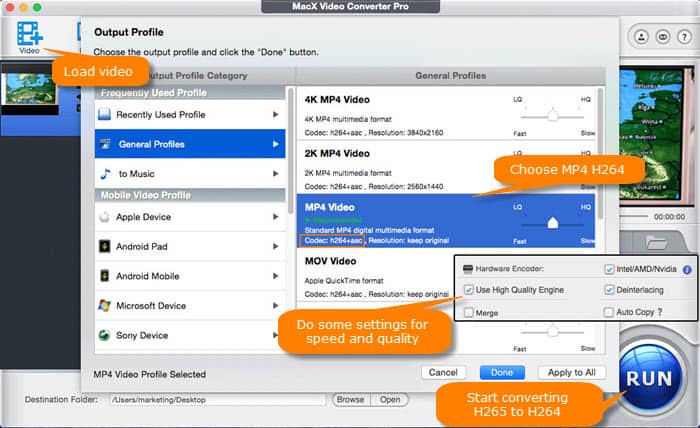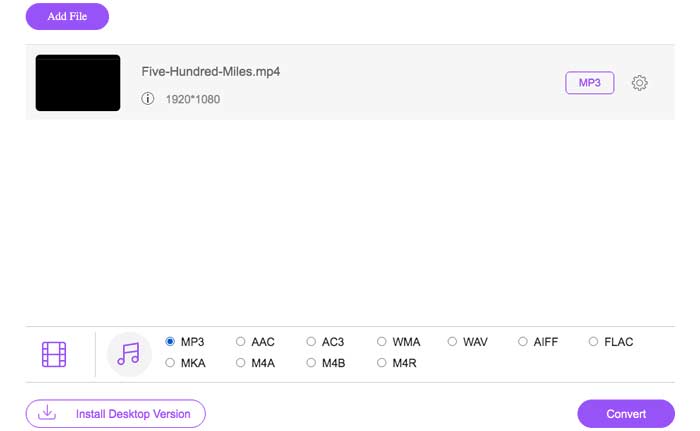

In the preceding command, we encoded the audio stream by choosing the libvorbis encoder. ffmpeg -i Bbear.mkv -c:v copy -c:a libvorbis Bbear_encode-AUD.mp4 Follow the below-mentioned command for better understanding. As you might have noticed, we can use the -c command option to set a codec for each stream instead of the copy parameter. The -c command line switch let us specify our favorite encoder. (To copy the subtitle stream use the -c:s copy option) Converting MKV to MP4 With Re-EncodingįFmpeg is able to encode a wide variety of video and audio formats.

Let’s check the following command: ffmpeg -i Bbear.mkv -c:v copy -c:a copy Bbear_vid-aud.mp4Īfter displaying the new media file information, you’ll notice that the subtitle stream does not exist. You can check the streams of our new MPEG-4 file you’ll notice that nothing changed – except for the container.Īnother way to convert (copy streams into a new container) is by specifying the streams you want to be copied into the new container, to do that we will use the -c:v copy and -c:a copy options to replicate only the video and audio into the. In order to achieve this, we will use the the -c copy ffmpeg option just as so: ffmpeg -i Bbear.mkv -c copy Bbear_wout.mp4 Additionally, the video and audio quality will not be reduced. This simple method can save a lot of time since we are not encoding the media file, and the conversion process will be fast. To convert mkv to mp4 is actually quite easy we can use ffmpeg command to copy the original video and audio streams into a new container. The first and easy one is to copy streams into the desired container, and the second one is to re-encode those streams in order to change their quality or size… Converting MKV to MP4 Without Re-Encoding

With ffmpeg we can choose between two different ways to convert media files. In the examples given in this article, it is assumed that the user has navigated to the working directory to execute the FFmpeg commands. Note: As with any command line interface, the user should specify the path of input or output files depending on their working directories. Follow the bellow command: ffprobe Bbear.mkvĪfter we’ve checked the media file information, notice the different streams, Video: matroska, Audio: ac3, and also the subtitle stream Subtitle: ass. Note: We can achieve similar results by using ffprobe which is one of FFmpeg main executable, this command is used for getting the characteristics of media files containers and streams. Let’s type ffmpeg to check the FFmpeg configuration. One final step left is to verify that FFmpeg is actually installed.

So now we can use the ffmpeg command in the command line. FFmpeg will get installed onto our system and also add the ffmpeg binary to the path variable.
#Ffmpeg convert mkv to mp4 h264 install
To install the FFmpeg project, we first go to our terminal and type the following update command to download package information from all configured sources: sudo apt updateĪfter making sure that the first command got executed correctly, Type the below-given command and hit Enter to install the project: sudo apt install ffmpegĪfter executing the preceding command.
#Ffmpeg convert mkv to mp4 h264 how to
In these situations, it is imperative to convert the video file to another system-friendly file extension, such as the mp4 video format.īasic FFmpeg commands consist of four elements: ffmpeg How to Install FFmpeg We will discuss converting mkv files to mp4 there is a high probability that you might be in situations that require having mp4 files, or you may want to use systems that do not support the mkv container format.


 0 kommentar(er)
0 kommentar(er)
